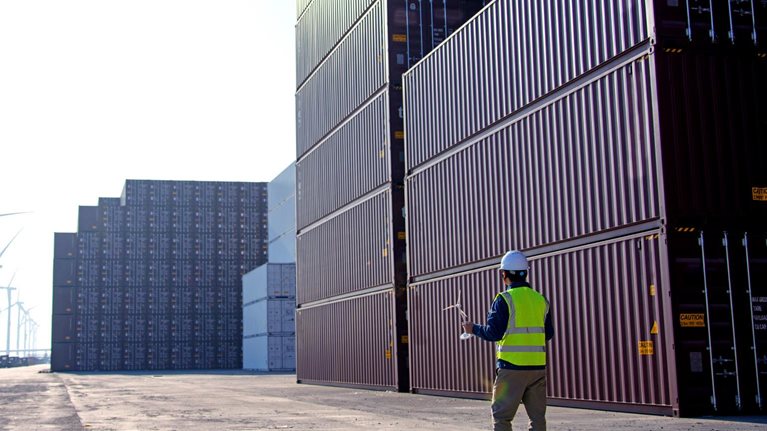This year marks the tenth anniversary of McKinsey’s Global Energy Perspective, offering a chance to reflect on the lessons learned over the past decade and to look ahead to the next one.
Two overarching themes emerge from this year’s outlook. First, cost competitiveness and an economically pragmatic energy transition remain paramount. Energy affordability, reliability (including energy security at the national or regional level), and emission reduction continue to form a trio of priorities that drive energy decision-making. However, without affordability—along with bankability—widespread adoption of new low-carbon technologies will not happen.
Second, there is no silver bullet for decarbonization. Countries and regions will follow distinct trajectories based on local economic conditions, resource endowment, and the realities facing particular industries.
Yet every year also brings unforeseen developments, whether breakthroughs in energy technology that allow accelerated scale-up of solar and wind power or innovations like AI that drive rapid growth in power demand.
Over the past year, emissions reached record highs, further widening the gap between our three modeled scenarios and the pathway that could limit global temperature rise to 1.5°C above preindustrial levels, one of the central goals of the Paris Agreement.
The expected temperature change by 2100 in our scenarios is 1.9°C in Sustainable Transformation,
2.3°C in Continued Momentum,
and 2.7°C in Slow Evolution.
These estimates are higher than in any of our previous projections, and all have risen by approximately 0.1°C compared with the Global Energy Perspective 2024.





The following seven points represent key takeaways from this year’s perspective.
1. Fossil fuels are projected to retain a large share of the energy mix beyond 2050
Demand will likely plateau between 2030 and 2035 in the Continued Momentum scenario.
Natural gas, which will see growth in use for electricity generation, as well as for final consumption, could see the strongest demand increase, displacing higher-emission fuels in many cases. Coal use may also persist at higher levels than seen in previous McKinsey outlooks, depending on the scenario.
2. Key alternative fuels are unlikely to see wide adoption until after 2040
Crucial alternative fuels are not likely to achieve broad adoption before 2040 unless mandated. The current emphasis on affordability means that some alternative sources, such as green hydrogen and some other sustainable fuels, may not be competitive with traditional fuels in the near term.



3. Regional dynamics play a large role in scenario outcomes
For example, China is expected to continue to lead in electrification, followed by North America and India.
4. Global power demand is expected to increase, driven by electrification and data-centers in OECD countries
Traditional growth in electricity demand, driven by buildings and industry, will likely continue in emerging markets.
New demand drivers will likely come from transportation, particularly in Europe, and from data centers, especially in the United States, Europe, and China.




5. Variable renewable energy sources and gas-powered generation will likely dominate new power supply
However, local market dynamics will influence the uptake of clean technologies and lead to varied decarbonization pathways.
6. Clean, firm power sources are likely to grow
Clean, firm power sources and renewable storage technologies are likely to expand. Such power sources include nuclear energy, geothermal power, and hydropower, and such storage technologies include batteries and pumped-hydroelectric-energy storage.


7. A system-wide view could offer a faster and more cost-effective path to emission reduction in the energy sector
For example, investment dollars for decarbonizing the energy system could potentially go further if, rather than pursuing the final few percentage in the power sector, they were instead applied to decarbonization in other sectors. This would avoid the higher costs of the final share of power sector decarbonization without compromising the Paris Agreement temperature targets.

Ten years after the inaugural Global Energy Perspective, our view of the energy transition has matured. While the urgency remains, the pathways to meet the Paris Agreement targets are now more complex and must be grounded in economic and geopolitical realities. Global greenhouse gas emissions are still rising, and the journey toward decarbonization remains long. But with resilience and agility, energy sector leaders can prepare for and navigate the challenges.
To request access to the data and analytics related to our Global Energy Perspective, or to speak to our team, please contact us.


